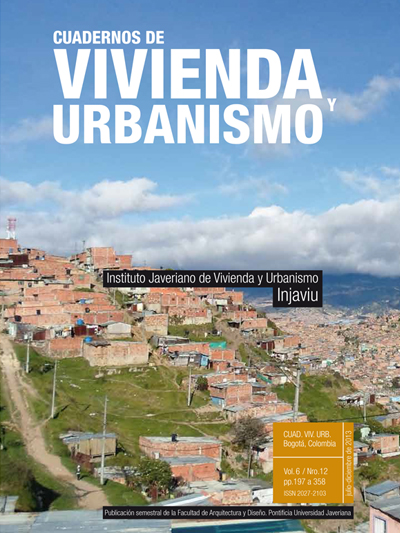Abstract
The Colombian urban system went from a polycentric structure, in the nineteenth century, to a network organized around four cities, energized by industrial development in the first half of the twentieth century. From the fifties, the acceleration of industrialization under a Keynesian model and the restructuring of regional economies by diversifying exports and mining, led to a growing primacy of Bogotá. The enthronement of the country in the process of globalization in the nineties and the subsequent industrial and agricultural crises remodeled regional economies, causing stagnation in some regions such as the Coffee and the upper valley of the Magdalena and revitalization of cities such as Bucaramanga and Cartagena. This paper examines the latter period, with the aim of providing an overview of the current structure of the network of cities, now modeled by processes of economic globalization and political liberalization.
This journal is registered under a Creative Commons Attribution 4.0 International Public License. Thus, this work may be reproduced, distributed, and publicly shared in digital format, as long as the names of the authors and Pontificia Universidad Javeriana are acknowledged. Others are allowed to quote, adapt, transform, auto-archive, republish, and create based on this material, for any purpose (even commercial ones), provided the authorship is duly acknowledged, a link to the original work is provided, and it is specified if changes have been made. Pontificia Universidad Javeriana does not hold the rights of published works and the authors are solely responsible for the contents of their works; they keep the moral, intellectual, privacy, and publicity rights.
Approving the intervention of the work (review, copy-editing, translation, layout) and the following outreach, are granted through an use license and not through an assignment of rights. This means the journal and Pontificia Universidad Javeriana cannot be held responsible for any ethical malpractice by the authors. As a consequence of the protection granted by the use license, the journal is not required to publish recantations or modify information already published, unless the errata stems from the editorial management process. Publishing contents in this journal does not generate royalties for contributors.


